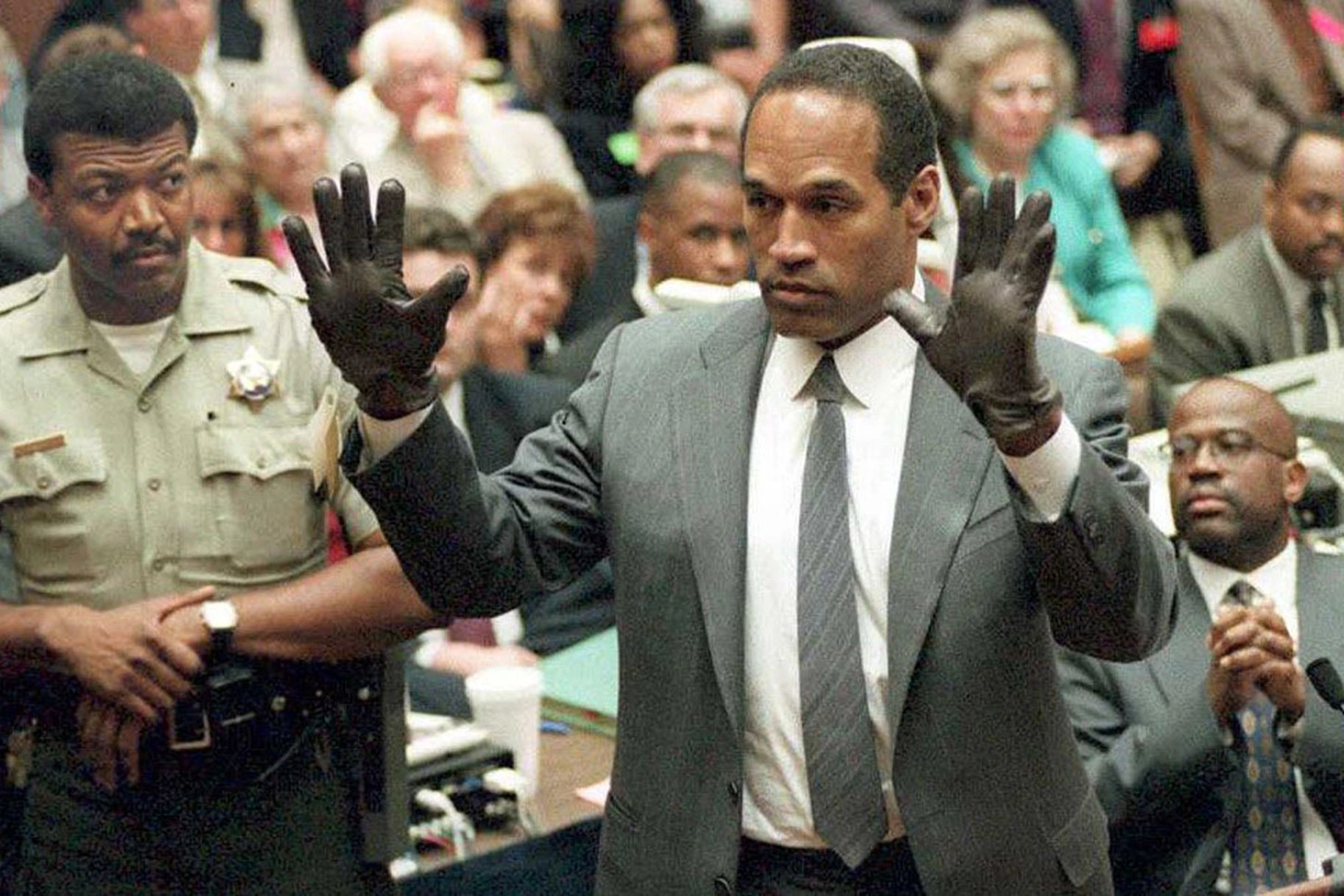The power of imagery to pierce through decades of memory and reignite national conversations is undeniable. When a phrase like "uncovered the most disturbing OJ Simpson crime scene photo" surfaces, it doesn't merely refer to an artifact; it denotes a potential rupture in the collective consciousness, threatening to re-traumatize and redefine one of America's most polarizing legal dramas. The mere suggestion conjures a potent mix of morbid curiosity, ethical dilemmas, and a renewed examination of a case that continues to haunt the nation.
Editor's Note: Published on 2024-07-26. This article explores the facts and social context surrounding "uncovered the most disturbing oj simpson crime scene photo".
The Enduring Echoes of a Landmark Case
The murders of Nicole Brown Simpson and Ronald Goldman in June 1994, and the subsequent trial of O.J. Simpson, represent a seminal moment in American legal and social history. Decades have passed, yet the public's fascination with the case remains potent. It transcended a simple criminal proceeding, morphing into a cultural phenomenon that laid bare deep-seated tensions regarding race, justice, celebrity, and media sensationalism. Every new revelation, no matter how minor, tends to ripple through this still-active fault line, demonstrating how certain events become indelible markers in a nation's story.
"The O.J. Simpson trial wasn't just a legal battle; it was a societal mirror, reflecting our divisions and obsessions. Any new visual evidence, even decades later, forces us to look back into that mirror, often with discomfort." Dr. Evelyn Reed, Cultural Historian
Visual Evidence and the Reinforcement of Memory
While the trial was extensively documented through testimony, news reports, and televised proceedings, the specific crime scene photographs have largely remained within the confines of legal archives or highly curated publications. The hypothetical "uncovering" of a previously unseen or uniquely disturbing image of the crime scene carries immense weight. Such a photo wouldn't merely be a historical footnote; it would act as a powerful, visceral reminder of the brutality of the act, potentially reshaping perceptions for those who only know the case through its media spectacle. Its impact could be profound, particularly for younger generations less familiar with the explicit details of the murders.
A newly surfaced, genuinely disturbing crime scene photo has the potential to rehumanize the victims, shifting focus away from the celebrity defendant and back to the tragic reality of the crime. It forces a confrontation with the consequences in a way that legal arguments often abstract.
The ethical implications of releasing such graphic content are considerable, balancing the public's right to know and historical accuracy against the potential for sensationalism and re-traumatization of families and the broader public.
